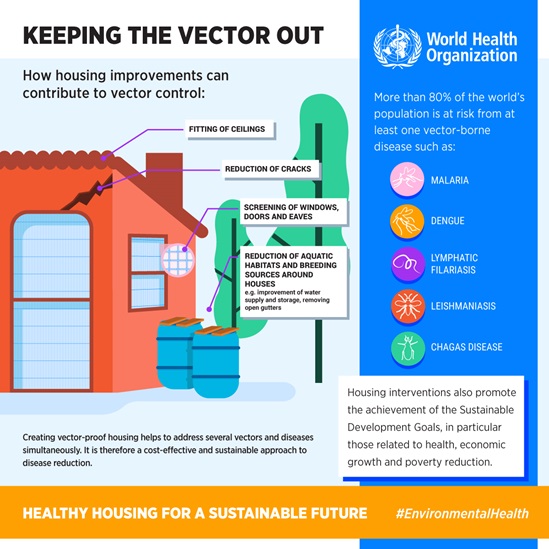Improving data for dengue
Since the 1960s, dengue virus has spread from less than 10 known countries where the disease was endemic and a few thousand cases reported each year to 128 endemic countries, an estimated 400 million infections and 100 million symptomatic cases annually.
Measuring the burden of dengue involves estimating the incidence of all levels of disease severity from minor to major. Severe cases can result in death or require lengthy hospitalization, with potential long-term side effects; clinical dengue cases can overwhelm health care facilities; subclinical infections can limit attendance at work or school; and inapparent infections can act as a reservoir of infection that undermines surveillance and control. Understanding how these levels of burden are distributed over time, age and space in a particular country is important for:
- determining how to allocate optimally the limited resources available for dengue prevention and control;
- calculating the economic burden of dengue to build the case for investment in surveillance and control;
- assisting policy-makers in allocating resources for sustained support to intervention programmes, based on impact;
- evaluating the impact of control activities locally and internationally;
- improving understanding of the local epidemiology and the potential for spread of dengue viruses; and
- predicting the likely impact of new vaccination and vector control strategies, either alone or in combination.
Currently, around 100 countries and territories in WHO’s Americas, South-east Asia and Western Pacific regions report dengue cases regularly.

-cideim-project-paho.tmb-479v.jpg?Culture=en&sfvrsn=2656bc2c_3)


